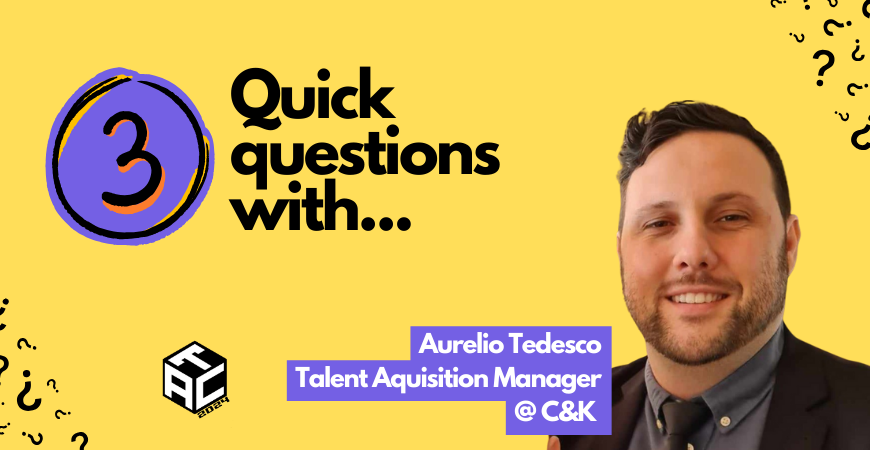We find that sometimes, the issues that plague people in Talent Acquisition are really, really hard to solve. But there is one problem that we brought on ourselves.
In fact, technology is what created the issue in the first place, if you think about it. I’m talking about time to hire. Time to hire is a metric that concerns every recruiter (and jobseeker for that matter) yet it is being stretched ever longer due to the sheer size of our technology stacks.
Time to hire hasn’t always been this long. In the early days of running a staffing firm, one could recruit and hire candidates in no time. Why?
Because when someone asked me who I knew for a job, great recruiters (and networkers) could rattle off a few names easily. The hard part was getting them to accept the job, but even that was easier than today because four out of five of those names had a relationship behind them.
Now, the average time to hire a software engineer is 21 days; four times longer for patent examiners at 88 days. That is nearly three months! It is an issue that I KNOW affects business leaders because one of them came to me about it.
THERE IS A PROBLEM
Most heads of Talent at large organisations are in the same boat. Because of the sheer volume of candidates, teams are no longer able to manage their recruitment load on their own.
- They need help.
- They need to prove their value.
- They can’t manage all the data.
Recruiters had so much disparate data within their tools – and the platforms didn’t communicate with one another – the recruitment team didn’t have the ability to filter, sort and screen this data efficiently.
Many recruitment departments are drowning under the heavy burden of candidate information they can’t possibly sift through manually. From social profiles to employee data; salary ranges to competitive intelligence, it is difficult to translate into something one can understand, MUCH LESS something you can use to recruit better or faster.
- Just one-third of HR managers describe their proficiency with data as “good” or “excellent”.
- 71 percent of companies see people analytics as a high priority in their organisation, with 31 percent rating it very important.
- 3 out of five employees in leadership roles say a failure to adopt big data could lead to obsolescence.
Some vendors have realised the need for an aggregator of recruitment proportions.
- How can we solve the challenges with recruiting?
- How do we solve the time to hire problem?
- How do we make this huge pile of data easier to comb through?
Once we realised the need to tackle the abundance of data because data is worse than useless without the ability to analyse it. By analysing the data and agreeing on what we need to measure (and when and how), we can reduce time to hire while at the same time, reducing recruitment marketing spend.
It is crucial to identify where we are spending time and money that is essentially going to waste.
- The interview process takes an average of 22.9 days. (Source)
- It takes five to six weeks on average to get a job offer. (Source)
- 45 percent think hiring managers are in the best position to increase diversity. (Source)
- Recruiters take an average of six seconds to scan a resume. (Source)
- 41 percent of U.S. employers plan to use text messages to schedule job interviews. (Source)
- 56 percent of recruiters said they can’t make good hires because of lengthy hiring procedures. (Source)
IT IS A HUMAN PROCESS
Recruitment, after all, is fundamentally based on human interaction. That’s why technology will only help resolve the busy work that keeps them from interacting with their candidate pool.
The part of recruiting that really matters is selling the person on a new job or opportunity.
TECHNOLOGY SHOULD HAVE MADE THAT THE ONLY PART LEFT FOR US TO DO.
Instead, we find ourselves faced with frustrating piles of digital trash that slows progress instead of hastening it.
Big data is a means for better recruiting, through number knowledge and practical application. Understanding which job boards work best and at the best cost, which recruiters are the most efficient in a given medium, even how well the referral program operates and the like, is crucial to minimising the time-to-hire from an extraordinarily lengthy process back to the quick (but complex) human interaction it should be.
After all, who is to say your recruitment messaging isn’t getting lost in the noise?
- Only 23 percent of organisations (or companies) say they have a strategy for big data.
- There are 294 billion emails sent every day and over one billion Google searches every day.
- 2.5 quintillion bytes of data are produced every single day.
- Google stores 10 billion gigabytes of data every day.
That is the goal, to move ever closer to the elusive, maybe not an entirely realistic goal of zero time to hire. Where the biggest issue is no longer finding the perfect candidate, but convincing them to move across the country or knowing just where she spends her time online so you can connect.
Time-to-hire may never be as short as we’d like, but as the economy continues to shift and the workforce continues to change, it is worth analysing our recruitment data (and there is a LOT of it) to see where we can BE better, and not just build out the same old processes we did years ago.
Cover image: Shutterstock
This article first appeared on Red Branch Media blog on 15 May 2019.




























